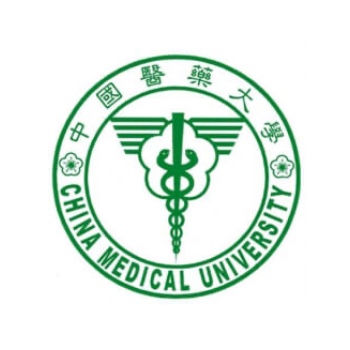How did you go about your doctor’s appointment last year? Was it a remote consultation via tablets, laptops and phones? If your answer is yes, you have contributed to the telehealth use surge during the coronavirus pandemic.
Telehealth has been around for decades but before the pandemic, uptake of these services has been low. However, the pandemic has accelerated the technology. Many U.S. telehealth providers have reported growth in demand during the coronavirus outbreak, including Teladoc Health reporting its visit volume increasing by 50% and PlushCare saying its appointments are up by 70%.
More recently, in a study jointly published by non-profit Rand Corporation, telehealth provider Doctor on Demand and Harvard Medical School, Doctor on Demand reported seeing a 59% increase comparing February to June 2019 and February to June 2020. It’s important to note that the study finds that the uptick was largely due to behavioral telehealth services.
Are we seeing the beginning of a new doctor-patient relationship when it comes to mental health services?
TeleMental Health
Generally speaking, telehealth is defined as the use of technology to provide clinical services. When it comes to psychology, counseling and mental health services, those telehealth services have been called TeleMental Health, or TelePsychiatry, e-Psychotherapy and other similar variations. TeleMental Health encompasses using the telephone, e-mail, video-conferencing and text or chat.
While the growing field of TeleMental Health offers obvious advantages such as the ability to provide or access care without being tied down to an office and creating more opportunities to schedule with a therapist, there are also plenty of cons. For example, a comprehensive psychiatric assessment requires examining a patient’s general appearance and behavior, including facial expression, eye contact, and posture. These non-verbal cues, which are important information that can impact subsequent diagnosis and treatment, may or may not be correctly interpreted over telehealth.
Meeting a specialist and speak face to face offers the benefit of spotting body language and tone of voice, which can provide additional insight into what the patient is feeling. After all, an estimated 60% to 65% of interpersonal communication is conveyed via non-verbal behaviors (Foley, 2010).
The American Psychology Association notes that online therapy is still very new and “hasn’t shown that stand-alone therapy online or via texting is effective for everyone in every situation.”
At-Home
The pandemic has introduced a new set of mental health needs in a new context. There is a greater need than ever for Niraxx Light Therapeutics’ line of PBM clothing that reimagines the digital health wearable experience for brain health.
And this is also why we are excited to announce the starting of a Phase 2 Depression study. The one-year, 80-subject, multisite randomized, sham-controlled study is led by China Medical University (CMU) in Taiwan. Founded in 1958, CMU is the first academic institution in Taiwan to provide Chinese medicine and pharmacy programs. It is one of the foremost medical universities in Taiwan, focusing on the interdisciplinary teaching of western medicine and Chinese medicine.
Visit our newsroom to read full press release.
Visit our store and start recharging your mind for better performance.
Sources
Foley, GN, Gentile, JP. (2010). Nonverbal communication in psychotherapy. Psychiatry (Edgmont (Pa. : Township)), 7(6), 38–44.
Holtz, BE. (2021). “Patients Perceptions of Telemedicine Visits Before and After the Coronavirus Disease 2019 Pandemic.” Telemedicine and e-Health, 27 (1).
[/et_pb_text][et_pb_post_nav in_same_term=”off” _builder_version=”4.4.2″ title_text_color=”#000000″ use_border_color=”off” border_color=”#ffffff” border_style=”solid” hide_prev=”off” hide_next=”off”] [/et_pb_post_nav][/et_pb_column_inner][/et_pb_row_inner][/et_pb_column][et_pb_column type=”1_4″ _builder_version=”3.25″ custom_padding=”|||” custom_padding__hover=”|||”][et_pb_sidebar area=”custom-sidebar-1″ _builder_version=”3.17.6″] [/et_pb_sidebar][/et_pb_column][/et_pb_section]











